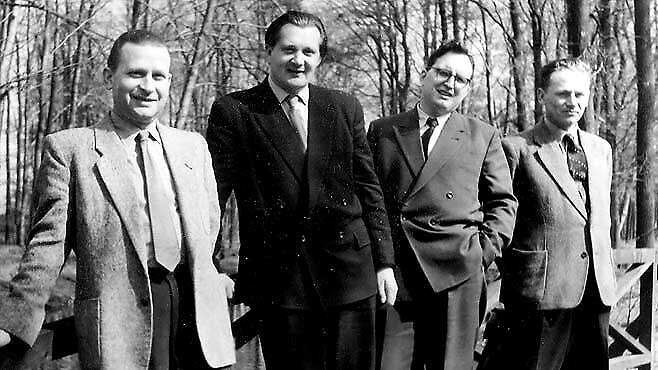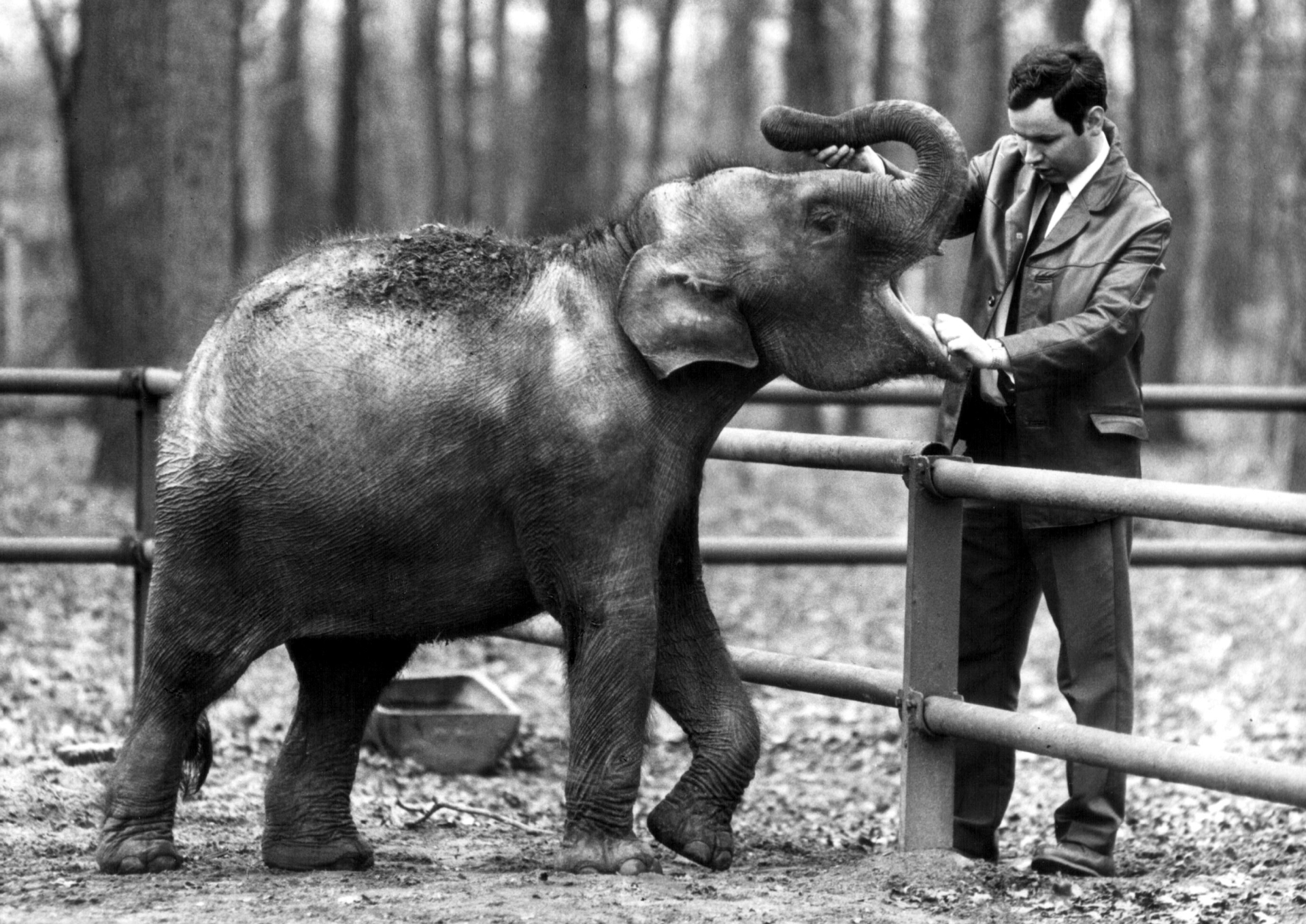Cottbus Zoo opened its doors for the first time on 1 June 1954. In a beautiful location between the River Spree and Branitz Park, a home zoo was created in a very short space of time with the help of the National Development Programme and civic commitment.
Mr Stender and Mr Kruse planned the stilt bird meadow.
Under the management of Dipl.-Biol. Erhard Frommhold (1956-1963), the Cottbus zoo became a state-recognised zoo - one of initially eight in the GDR. Dipl.-Biol. Kunz Rauschert (1963-1966) was succeeded as director by Dipl.-Biol. Klaus Jacob (1966-2002), who had a decisive influence on the park in the following decades.
With the opening of the Predator House in 1968, lions, tigers and bears moved in, and a year later, in 1969, the first elephant (Sundali) arrived in Cottbus. An extensive collection of geese, ducks, storks and other waterfowl soon gathered, and Cottbus Zoo quickly became known for its successful keeping and breeding.
First breeds from this period were the Chilean flamingo in 1977 and the West African crowned crane in 1979.

 PL
PL  DE
DE  EN
EN 

